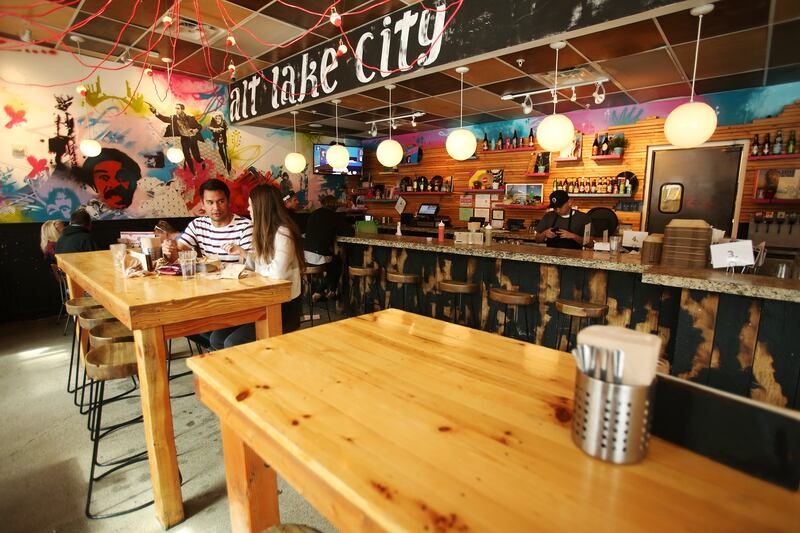The COVID-19 catastrophe is a double whammy — the largest health crisis in our lifetime and, at the same time, the largest economic crisis in our lifetime. It’s unlike anything any of us living today have ever seen.
Thankfully, the response to both the health crisis and the economic crisis is also unprecedented in scope — the largest and most rapid combined health care mobilization and economic mobilization in history.
Whether it all will be enough remains to be seen. But everyone should carefully follow the health guidelines, and also take advantage of the economic response programs to maintain jobs and keep the economy alive, so that it can eventually thrive.
Health comes first, of course. Lives are at stake. We must slow and end the coronavirus spread and prevent our health care system from being overwhelmed. That is the first priority.
But the economy is also critically important. As a banker, I see firsthand the economic devastation that is occurring as entire economic sectors have been deliberately shut down.
To provide relief, both the federal government and state government are implementing substantial programs. The most significant effort to keep workers in jobs is the $349 billion Payroll Protection Program, or PPP, approved by Congress and signed by the president as part of the $2.2 trillion Coronavirus Aid, Relief and Economic Security Act.
PPP is a large and generous program and I encourage any small business or nonprofit that has been hurt in the current economic crisis to apply for help. PPP provides rapid support for small businesses, nonprofits and people who are self-employed or independent contractors who have been impacted by the COVID-19 pandemic.
Businesses can obtain loans in the amount of 2.5 times their average monthly payroll over the last 12 months. Loan funds that follow guidelines and are spent on payroll, utilities, rent and mortgages over the eight-week period after the loan is received may be forgiven. Loan money spent for other things, or not according to the formula, is not forgiven, but may be paid back under favorable terms. No collateral, credit qualifications or financial statements are required. The money is available through June 30.
The Small Business Administration and Treasury Department have published procedures and necessary information so that financial institutions can receive and begin to process applications on April 3. Application information is available at treasury.gov/cares. Click on the “Assistance for Small Business” section for the application and to see tips for borrowers and lenders. Interested parties can also call their financial institution.
According to Treasury Secretary Steve Mnuchin, speaking on CBS News, any FDIC-insured bank, any credit union, and any fintech lender will be authorized to make these loans, subject to certain approvals.
Here is an example provided by the Utah Bankers Association: A small business with fewer than 500 employees and an average monthly payroll of $150,000 applies for a PPP loan with its bank. After attesting that the COVID-19 virus has impacted its business operations, the business receives a loan of $375,000. Over the next eight weeks, the business has spent $350,000 in eligible payroll, rent and utilities expenses. That portion of the loan is forgiven, and the principle balance of the loan is thus reduced to $25,000 and amortized over two years at an interest rate not to exceed 4%. The first loan payment is due six months later.
This is an excellent program that can help kick-start the economy. I encourage impacted small businesses and nonprofits to apply. Do it not just to save your business, but also to support your employees and keep the wheels of commerce turning.
A. Scott Anderson is CEO and president of Zions Bank.

